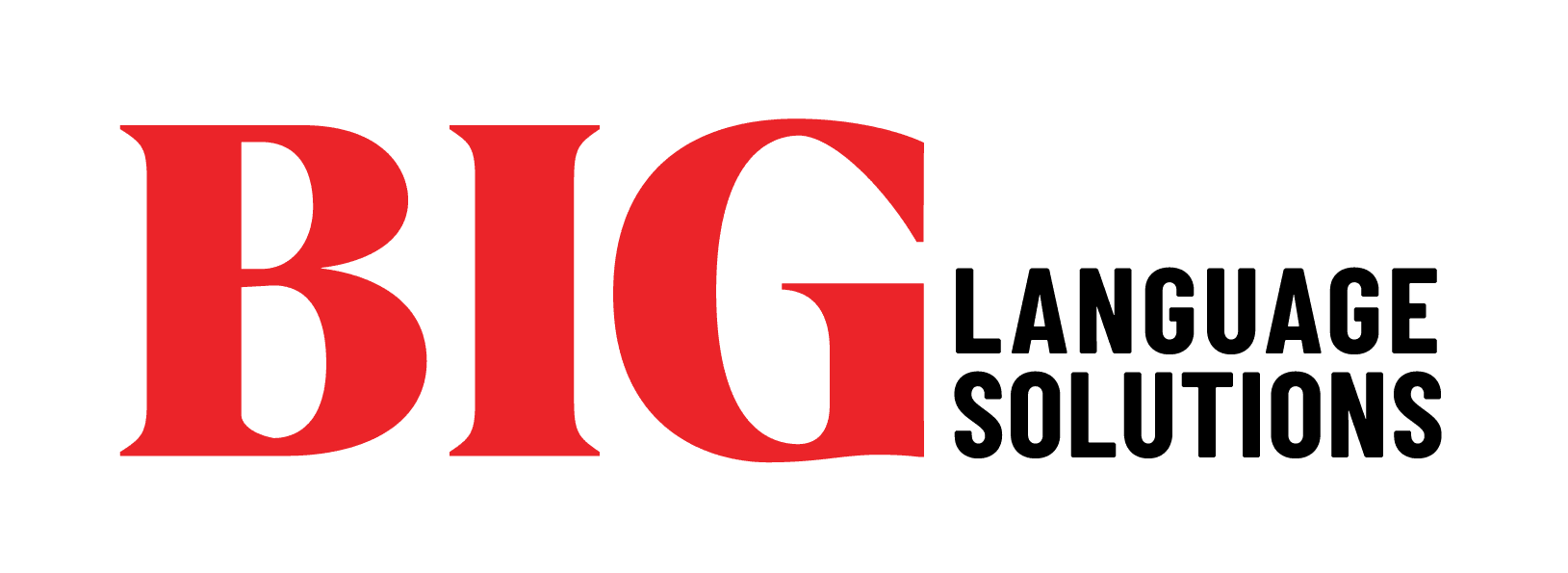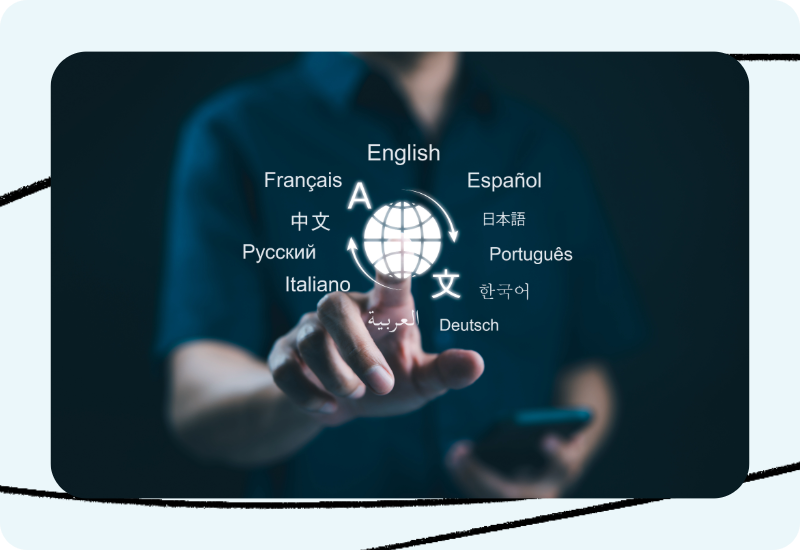When patients and providers don’t speak the same language, the quality of care can suffer. Misunderstandings can delay diagnoses, confuse treatment plans, and lead to poor health outcomes. That’s where professional interpretation makes all the difference.
Interpretation in healthcare isn’t just about translating words, it’s about building trust, reducing stress, and ensuring that every patient receives equitable care. It’s also required by law for many healthcare organizations. Interpretation services help covered entities meet federal requirements under Section 1557 of the Affordable Care Act to provide meaningful language access.
What Is Healthcare Interpretation?
Healthcare interpretation connects clinicians with patients who have limited English proficiency (LEP), enabling accurate, compassionate communication at every stage of care. Interpreters work in real time to support interactions between patients and medical professionals, whether it’s a physician, nurse, pharmacist, or lab technician, ensuring both parties understand one another clearly.
This support empowers patients to ask questions, make informed decisions, and fully engage in their care.
Who Needs It?
According to the U.S. Census Bureau, nearly one in five Americans speaks a language other than English at home. In some areas, the need for interpretation services is even higher. And with more than 350 languages spoken in U.S. households, effective communication requires more than guesswork.
Want to know which languages are most common in your region? The Department of Education offers an interactive map that can help healthcare organizations plan their language access services based on real data.
Choosing the Right Interpretation Method
There’s no one-size-fits-all approach to language access. The right mode of interpretation depends on your setting, the nature of the visit, and the needs of your patients. Here are the three most common types of interpretation used in healthcare:
Video Remote Interpretation (VRI)
VRI connects clinicians and interpreters through secure video platforms, allowing for on-demand or scheduled language support with the added benefit of visual communication. It’s a flexible solution that works well for telehealth visits, urgent care, pediatric care, and home-based services.
Over-the-Phone Interpretation (OPI)
OPI offers fast, scalable support by connecting patients and providers through a three-way phone call with a qualified interpreter. It’s especially useful for quick interactions, follow-up calls, or communication in rare languages where local interpreters may not be readily available. OPI can be your primary language access solution or serve as a backup for other formats.
On-Site Interpretation
For in-depth conversations or emotionally sensitive situations, face-to-face interpretation may be the best option. In-person interpreters can read body language, navigate group dynamics (like family meetings), and support discussions that require nuance or extended decision-making. While not always available on demand, on-site services can be scheduled in advance for critical appointments or procedures.
Interpretation Is a Patient Experience Essential
Effective communication is the foundation of a positive patient experience. With professional interpretation, your organization can deliver better outcomes, reduce readmissions, and increase satisfaction for LEP patients, while staying compliant with legal requirements.
Let’s talk about how we can support your language access strategy.
Reach out today to explore interpretation services that fit your workflow, your patients, and your community.






